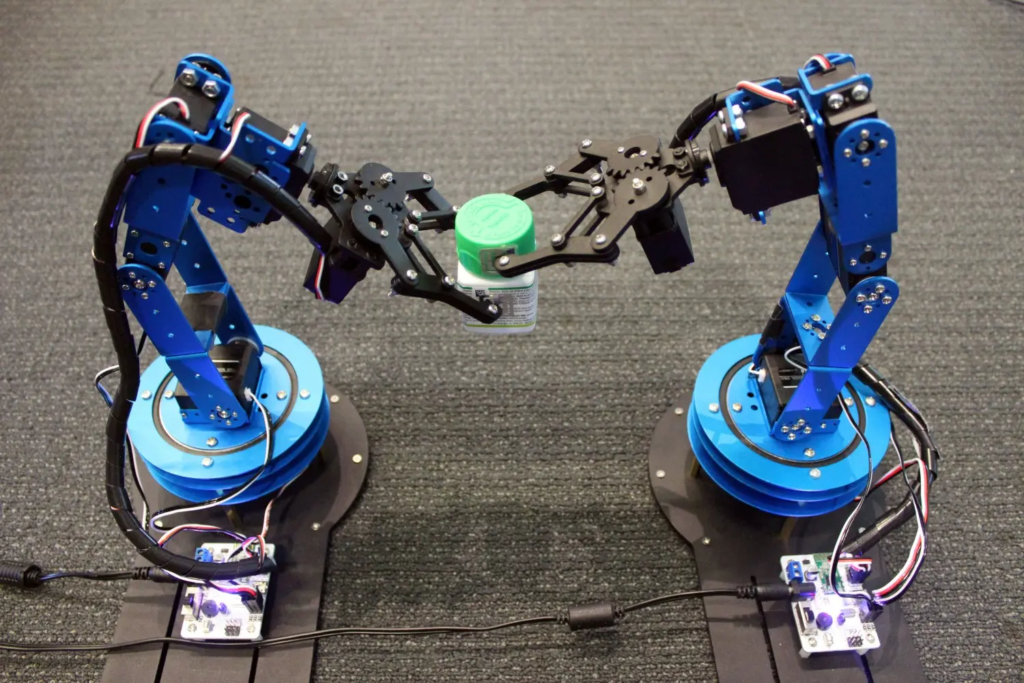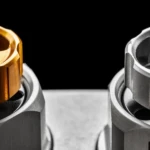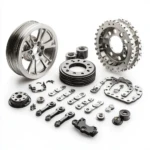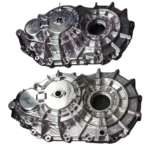Introduction to CNC Processing Bronze Alloy
Due to its excellent mechanical properties, corrosion resistance and durability, bronze alloys are a popular choice for a variety of industrial applications. One of the most effective ways to make bronze parts is through computer numerical control (CNC) processing. In this article, we will dig into the world of bronze alloy processing and explore the benefits, challenges and best practices of achieving high-quality results.
Benefits of CNC processing of bronze alloys
CNC machining offers several advantages when using bronze alloys. First, it allows for high precision and accuracy, enabling the creation of complex shapes and geometric shapes with tight tolerances. This is especially important in applications where precise fitting and assembly are critical. Furthermore, CNC machining can produce parts with high surface finishes, reducing the need to post-treat and improve the overall aesthetic appeal of the finished product.
Another important benefit of CNC processing of bronze alloys is the ability to use a variety of alloys. Bronze alloys can be formulated to exhibit specific properties such as high strength, corrosion resistance or electrical conductivity. By leveraging CNC machining, manufacturers can leverage the unique characteristics of each alloy to produce parts that meet precise specifications.
The challenge of CNC processing of bronze alloys
Although CNC machining offers many benefits, challenges need to be considered when using bronze alloys. One of the main concerns is the risk of tool wear. Bronze alloys can be particularly abrasive, resulting in the need for rapid degradation of tools and frequent replacement. To mitigate this problem, manufacturers must select the right tool material and coating and optimize processing parameters to minimize wear.
Another challenge in CNC processing of bronze alloys is the potential of porosity and inclusions. These defects may occur due to manufacturing process or material defects, affecting the overall quality and performance of the finished part. To address this, manufacturers must carefully inspect and test their materials and implement quality control measures to ensure consistency and reliability.
Best Practices for CNC Processing of Bronze Alloys
In order to obtain high-quality results when CNC machining bronze alloys, manufacturers should adhere to several best practices. First, considering factors such as spindle speed, feed rate and cutting tool geometry, the correct machining parameters must be selected. This helps minimize tool wear, reduce surface roughness and prevent defects.
Additionally, manufacturers should optimize their tools and fixing strategies to ensure safe and accurate partial holdings. This may involve using custom designed fixtures or advanced labor systems to provide precise control of the processing process.
in conclusion
In short, CNC machining of bronze alloys provides many benefits, including high precision, accuracy and surface finish. However, it also presents challenges such as tool wear, porosity, and inclusions. By understanding these factors and following best practices, manufacturers can overcome these challenges and produce high-quality bronze parts that meet precise specifications. Whether you are using complex geometry or demanding applications, CNC machining is an excellent choice for producing bronze alloys.
FAQs (FAQs)
- What is the most common bronze alloy used in CNC processing?
The most common bronze alloy used in CNC machining is silicon bronze (CU-SI), which has excellent strength, corrosion resistance and processability.
- How to prevent tool wear when processing bronze alloys?
To prevent tool wear, select the correct tool material and coating, optimize processing parameters, and use coolant or lubricant to reduce friction and heat generation.
- Can CNC machining produce complex geometric shapes in bronze alloys?
Yes, CNC machining can produce complex geometric shapes in bronze alloys, including complex shapes, curved surfaces and precision features.
- What is the typical surface finish that CNC can achieve?
Typical surface finishes can be processed to RA0.8-1.6μm by CNC-processed bronze alloy, although higher surface finishes can be achieved through advanced machining techniques and tools.
- How do I ensure the quality and reliability of bronze parts produced by CNC?
To ensure the quality and reliability of CNC-processed bronze parts, strict quality control measures are implemented, including material inspection, dimensional verification and functional testing.
















